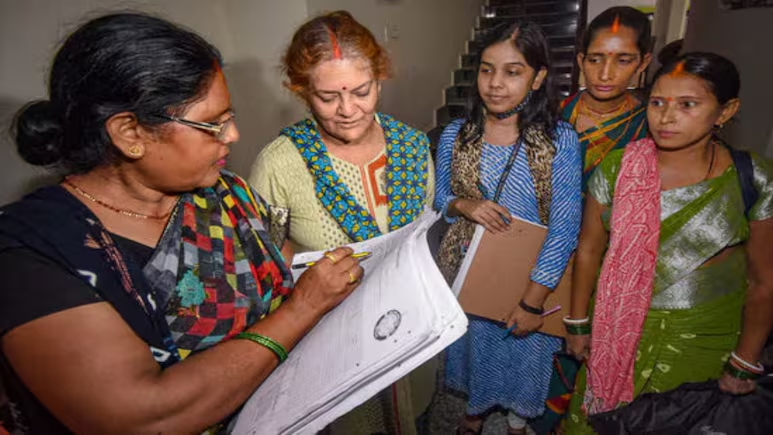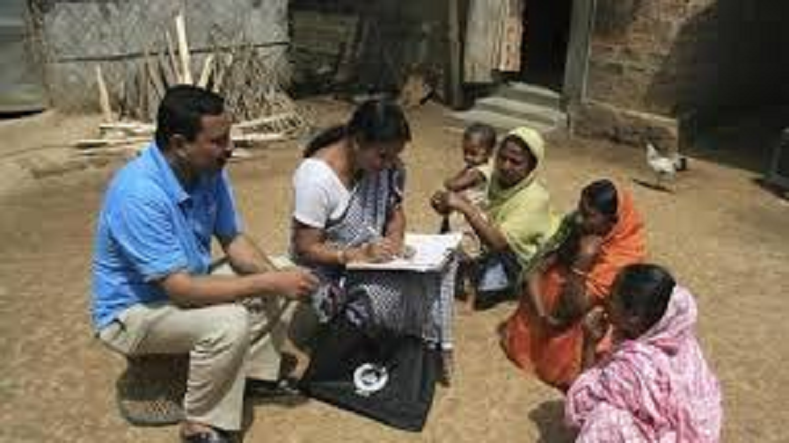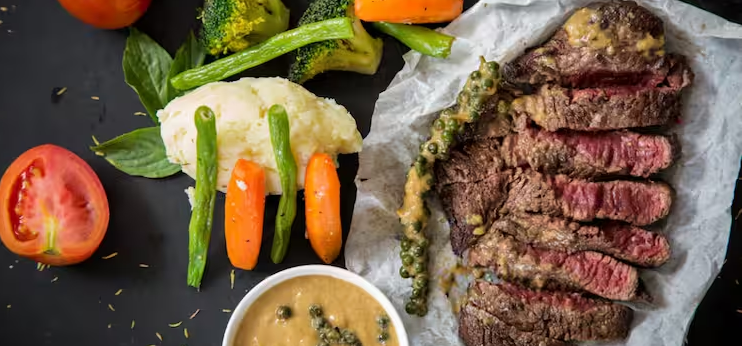What questions can be asked in the census this time, how are people counted in India
- bySherya
- 05 Jun, 2025

The government has informed that the census will be conducted in two phases. The first phase will start in October 2026. The second phase will start in March 2027. In the first phase, the census will be conducted in the hilly areas and in the second phase in the plains. Let us know how the census is conducted.

New Delhi:
The dates of the census pending in the country from 2021 have come. This time the census work will be done in two phases. The first phase of the census will start from October 1, 2026. During this time people living in the hilly areas of the country will be counted. At the same time, the second phase of the census will start from March 1, 2027. During this time people will be counted in the plains. The central government led by Narendra Modi has decided to include caste in this census as well. Caste census will be conducted for the first time after independence. The last census in the country was conducted in 2011. Census is conducted every 10 years, according to this, the next census was to be held in 2021, but it was postponed due to the Corona epidemic. Let us know how the census is done and what information is collected in it.
Under which law is the census conducted?
Census in India is conducted under the Census Act, 1948. This law gives legal basis to the census. The census is conducted by the Registrar General and Census Commissioner of India under the Ministry of Home Affairs, Government of India. The Census Act, 1948 was last amended in 1994. This law empowers the central government to seek details from the public, as may be mentioned in the form. According to Section 8 of this law, census officers can ask all such questions which they have been instructed to ask. Therefore, there will be no need to amend this law for caste census.
Before independence, all castes were counted in the census conducted by the British government between 1881 and 1931. But in the first census of independent India conducted in 1951, the government decided not to count castes other than scheduled castes and tribes. In 1961, the government asked the states to conduct their own surveys and prepare state-specific lists of OBCs if they wanted. Similar surveys have been conducted by the state governments of Bihar, Telangana and Karnataka in the past years.
Demand for caste census in India
There was a demand for caste census in the country for a long time. The decision to fulfill this demand was taken by the Narendra Modi government at the Center on 30 April this year. The data obtained from the census will give a new direction in making development policies in the country. Along with this, these figures will also give rise to new politics. Its biggest impact is
to be on the reservation given to Other Backward Classes (OBC). Therefore, to include the column of caste in the census, the central government will first prepare a list of castes. Before finalizing this list, the government can also know the opinion of political parties. There is a list of Scheduled Castes and Scheduled Tribes. According to this, there are 1270 castes in Scheduled Castes. At the same time, there are a total of 748 castes in Scheduled Tribes. At the same time, there is doubt about the castes of OBC. Efforts will be made to remove this. The government has also started its preparation. The Ministry of Home Affairs and the Ministry of Social Justice and Empowerment have decided this by holding a meeting. The Ministry of Social Justice will be in the role of coordinator for the caste census.
What questions were asked in the 2011 census
Some such questions were asked in the census form conducted in the year 2011. In that census, the caste column was given only for Scheduled Castes and Scheduled Tribes.
- Name of the person
- Relationship with the head of the family
- gender
- Date of Birth and Age
- current marital status
- Age at the time of marriage
- Religion
- Sect
- Scheduled Caste or Tribe
- Disability
- Mother tongue
- What other languages do you know
- Literacy status
- current academic status
- Highest Education
- Last year's employment
- Category of economic activity
- employment
- Nature of industry, employment and services
- Category
- Non-economic activity
- What kind of job do you want?
- mode of travel to work
- A-Distance from one side
- B-Mode of travel
- Whether the birth took place at the original place or somewhere else. If it happened in another country then its name
- Are you at your native place or have migrated?
- A-Did you migrate to India itself
- B-at what time did you flee
- Reasons for migration from native place
- how many children
- A-number of sons
- B-Number of daughters
- how many babies born survive
- A-how many sons
- B-how many daughters
- How many babies were born last year?
- How many years have you been in the new place after migration?
- Pre-migration origins
Homeless Census in India
There are many homeless people in the country. These people live on the streets, squares and in the cities. They are also counted in the census. In the 2011 census, such homeless people were counted in one day on 28 February. Homeless people are counted at night. That night, census surveyors go to railway stations, bus stands and other places and count the homeless people. The government has not yet given details about the next census, so it is not known how the homeless people will be counted this time.
Many people of the scheduled tribes in the country still live in dense forests. Their counting is also necessary in the census. In areas like Andaman and Nicobar Islands, there are such tribes who do not keep in touch with other people. The government has also imposed restrictions on the common people from meeting them. A different method has been adopted for counting these people. Government officials send some food items and clothes on boats. When these boats reach the shore, these tribals come to collect those items. During this time, those people are counted.
Many people in the hilly areas reach the upper regions with their animals. The government contacts these people and informs them about the census. Camps are set up to count these people. These people reach there and the officials involved in the census count them.
When the government shares detailed information about the next census, it will be known how the census will be conducted this time and who will be counted and how.



